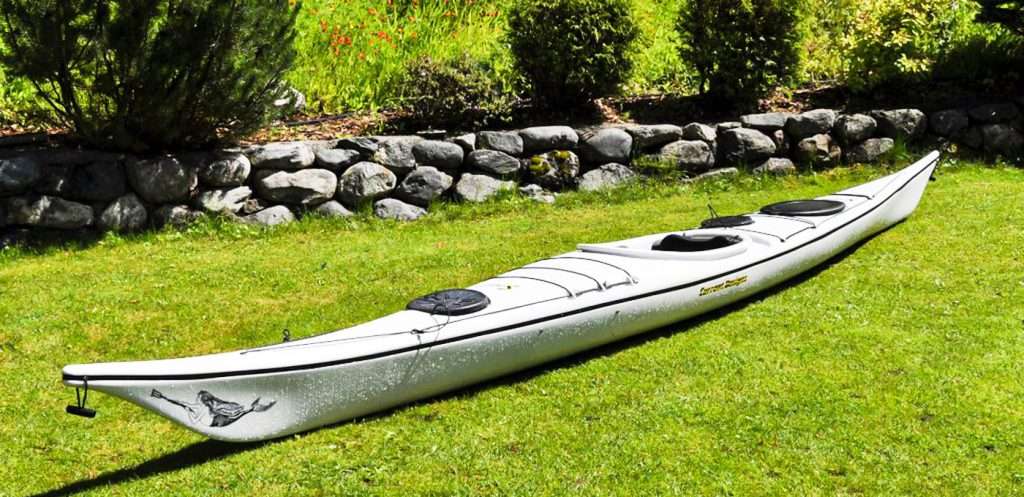Your first time getting in and out of a kayak may feel a little rocky, but it is really quite simple. A few easy techniques can help you keep your kayak stable as you safely climb in and out, ensuring that your smooth paddle on the water won’t be marred by a flop at the shoreline.
Instructions
Step 1
Place the kayak at a 45-degree angle to the shoreline so that it is easier for one leg to be on the beach while the other is getting into the kayak. Also make sure the kayak is a little more than halfway into the water, so that the back end is stabilized on the sand while the nose is floating in the water.
Step 2
Put one foot into the kayak and position the other foot near by it. This is much easier if you don’t mind putting one foot in a few inches of water. Water shoes and sandals work great in warm weather and tall waterproof boots or neoprene booties work well in cooler weather. Which foot you put in first is a personal preference.
Step 3
Bend down and grab the sides of the kayak’s cockpit opening. This can be tricky as you are also holding onto a paddle. Try putting the paddle horizontal to the boat on the deck by feeding it through a strand of bungee cord deck netting so your hands are free to get into the boat.
Step 4
Place all your weight on your hands and the one foot that is in the kayak as you carefully balance the boat and lift your other leg into the cockpit.
Step 5
With your hands still holding all your weight and balancing the kayak, slide your legs into the boat and rest your rear on the seat. Find your foot pedals and where you brace your knees, and get your paddle. Scoot the kayak the rest of the way into the water by using the force of your seat as if you were scooting across a floor. Some people like to affix their spray skirt before scooting off and others prefer to do it on the water. Try both and see what you are most comfortable with.
Step 6
Practice this a few times and after a while it will feel second nature to you.
Tips & Warnings
- If you sit in the boat on flat land first and adjust the rudder pedals, you don’t have to do it on the water.

